Porsche 914 Buying Guide
The Porsche 914 was a collaborative project between Porsche and VW. Porsche wanted a new project and benefitted from the economies of scale and production techniques offered by VW, whilst Volkswagen made use of the design skills, inspiration and, dare we say it, ‘sex-appeal’ of working with a premium brand.

Launch at Frankfurt
The 914 project began in the mid-sixties and was unveiled at the Frankfurt Motorshow in 1969. Initially, it was launched with a 1700cc, 4 cylinder 'Type 4' motor and also a 2 Litre 6-cylinder motor (the 914/6) which was basically borrowed from the 911 drivetrain.



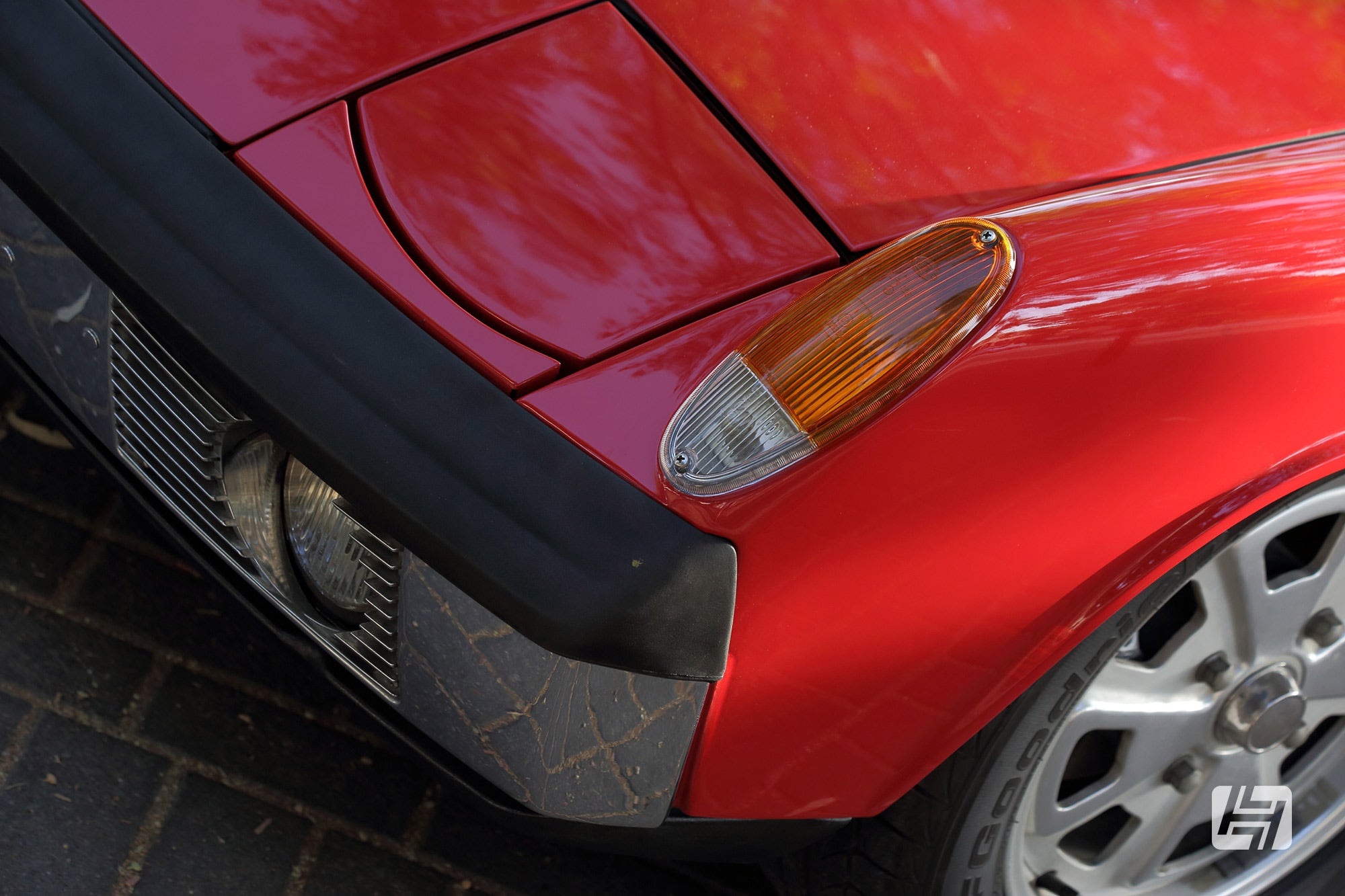
Left-Hand drive only
The Porsche 914 was only manufactured in LHD format (other than a handful of Crayford-converted RHD vehicles) so it was never a huge hit in the UK. Being more expensive than many small sports cars, such as the MGB, it was considered a bit of curiosity by British motorists, often compared to other quirky, mid-engined sportscars of the era, such as the Fiat X1/9.

1700cc models
The 1.7 models (1679cc) produced just 80hp and, if we’re honest, they can feel a little lethargic – although the plus-side is that they are renowned for being robust and reliable! The four-cylinder, flat 4 motor was based on the VW 411E unit and is similar to (but not the same as) the Type 4 range of engines fitted to the VW Bus. With fuel injection and a higher compression ratio (plus other modifications), the Porsche-version of the VW Type 4 motor proved to be lightweight and torquey, which was ideal for the 914.
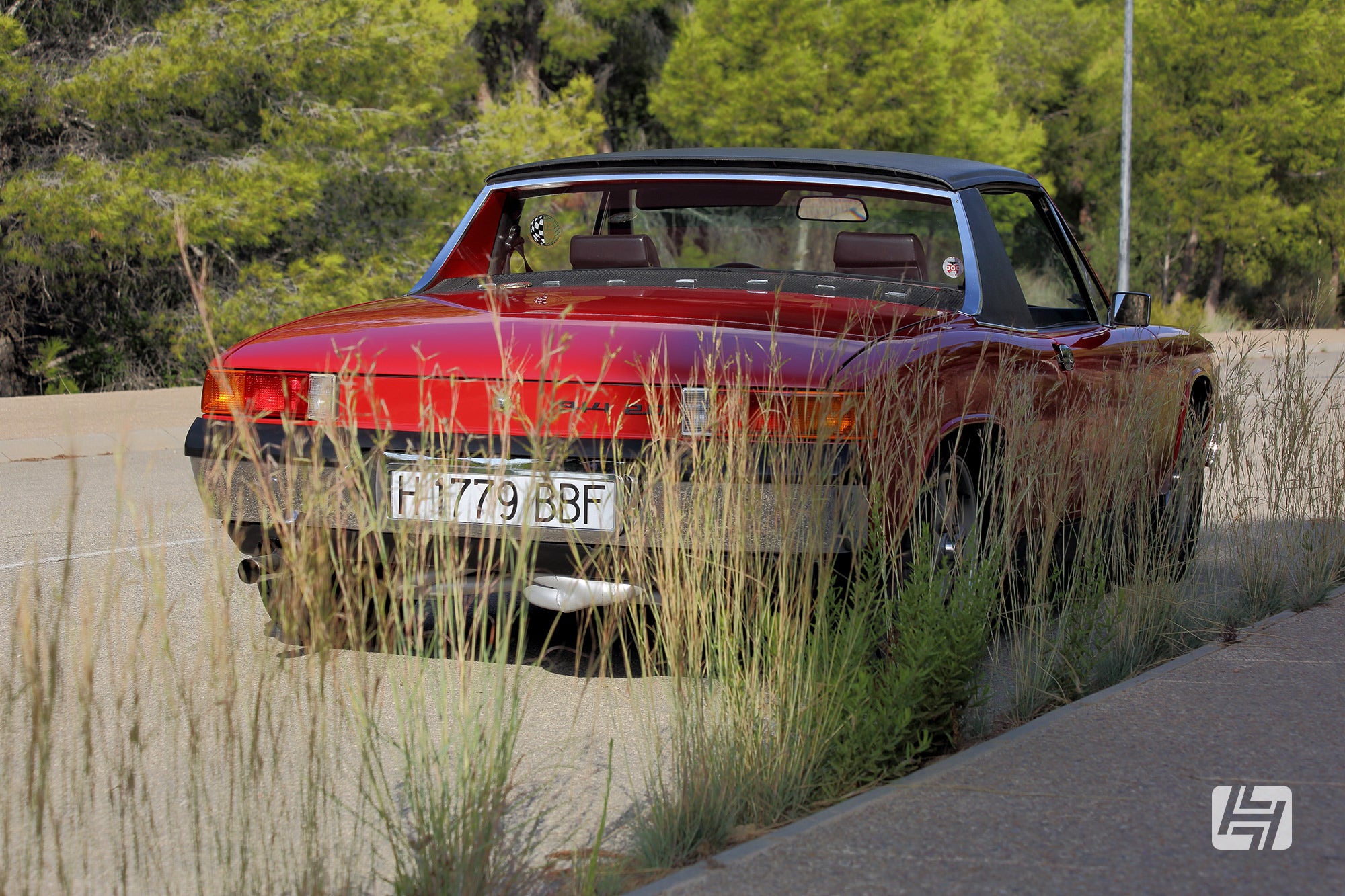
1800 - 2000cc models
The 914 was also fitted with 1.8 and 2-litre (4 cylinder) motors as time went on, with the 2-litre option being the preferred power plant amongst collectors. The 1.8 actually made slightly less power than the 1.7 due to lower compression ratio and a different fuel injection system! If you’re looking for a car you can maintain at home the VW-based motors are all simple enough to service, and 914 parts are reasonably priced and readily available on our website. Access can be tricky due to the central positioning, but if you have the patience, there’s nothing particularly complex about the engines.
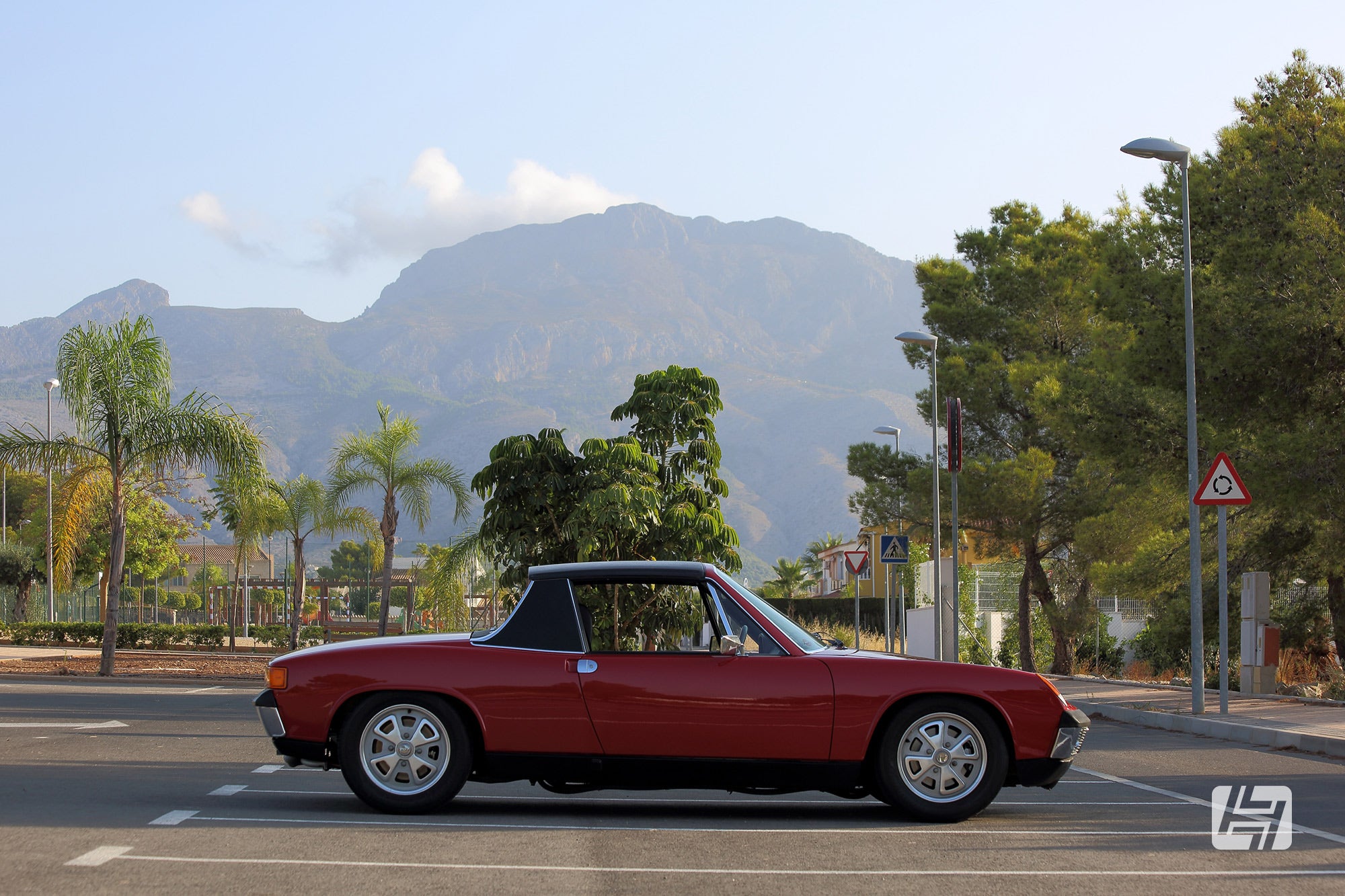
Take a peak underneath and look for oil leaks from the engine. These tend to be concentrated around the pushrod tubes and where the engine meets the gearbox, often caused by a failed flywheel oil seal. This can be difficult to see, but it is worth jacking the car up, if possible. Whilst the pushrod tube seals can be replaced in situ, a flywheel oil seal with require the motor to be removed and if it’s not dealt with relatively quickly, the clutch will have become contaminated with oil, turning this seemingly small seal into a more costly repair.
Fuel Injection Woes
The Bosch fuel injection system is fairly reliable but, as these cars are now more than 40 years old, it’s not uncommon to find that parts of the system have failed or become problematic. Due to tricky parts availability for the Bosch injection setup, this often results in a conversion to twin carburettors.

Cars built for the US market had a lot of ‘smog-spec’ parts, which were required to meet the tight emissions regulations in some States. With all this equipment removed and a good set of twin Webers installed, it’s common to find that a carb-equipped US-import is actually more powerful without the old FI system holding it back. A word of warning - be sure to check the engine codes, as a twin-carb motor may also indicate that a previous owner has replaced their blown engine with a cheaper, more readily available VW Camper unit.
Six Cylinder Champ
We must mention the 914/6 model (the original 2-litre option) which was actually a motor carried-over from the 911T. This 6-cylinder Porsche motor was fitted with Weber 40IDT-3C triple-throat carburettors and produced 125hp, which made the 914/6 a blast to drive! 914-6 engine parts are also available in our online store here.
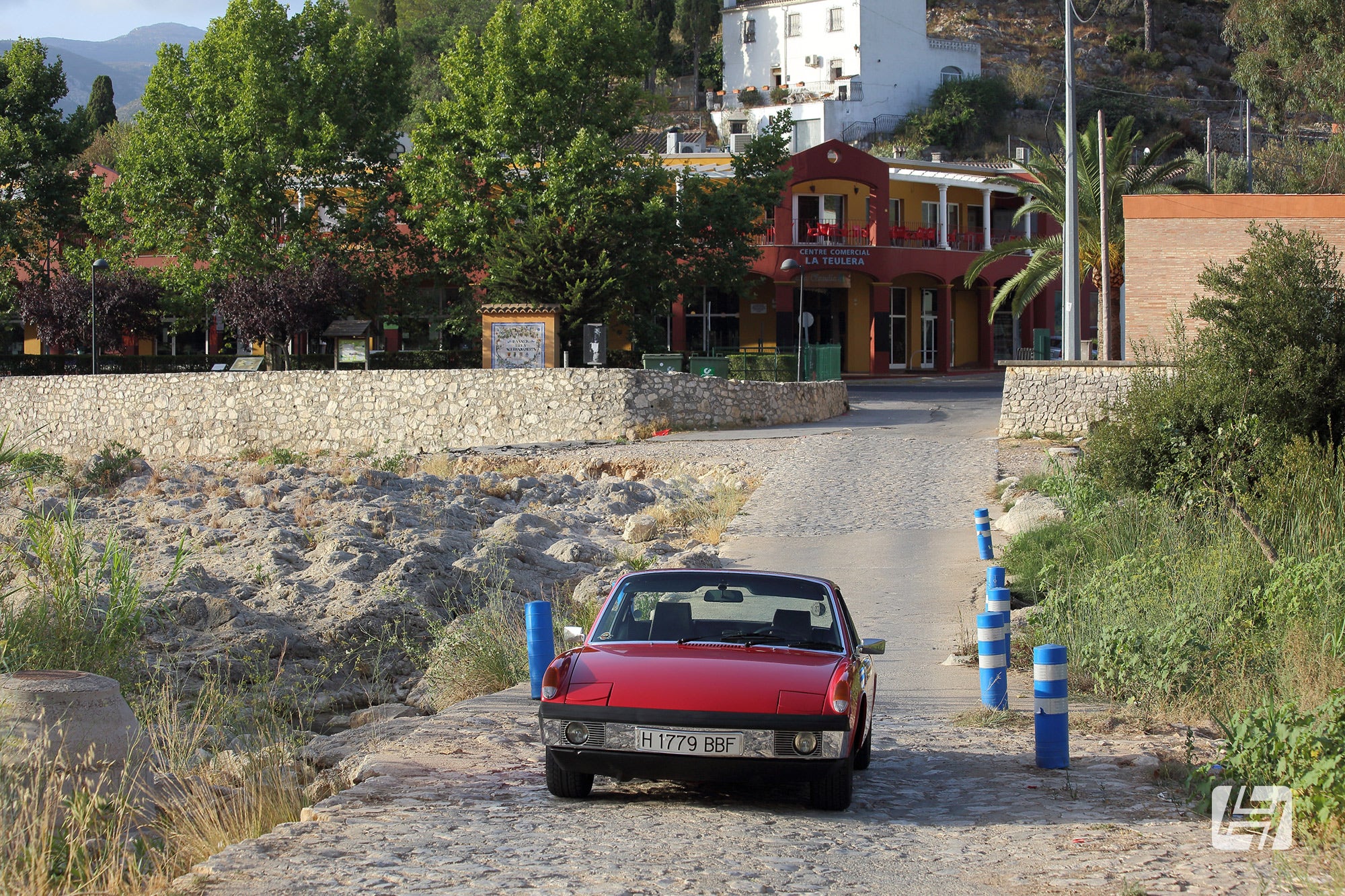
However, the 6-cylinder option wasn’t cheap when new, making these cars rare and very collectable. With more cylinders to go wrong, they are expensive to repair compared with the VW-designed, 4-cylinder units but, if you’re in the market for a 914/6, then you’ll almost certainly be prepared for the additional ‘expense’ associated with it.
Engine specs: 1.7 four-cylinder: 80hp @ 4,900 / 1.8 four-cylinder: 76hp @ 4,800 / 2.0 four-cylinder: 95hp @ 4,900 / 2.0 six-cylinder: 125hp @ 5,800
Changing Gears
The transmission is a fairly robust unit, however, the linkage to the gear lever can feel vague and loose, especially on early cars. The mid-mounted arrangement means that the gear shift-rod has to travel past the engine and on to the end of the transmission, which relies on various mounting points and joints to work. The linkage was re-engineered in 1973 and is considered by many to be far superior to the earlier version.
Gearboxes: 5-speed manual Porsche Type 914/11 (1969-1972 – all 4-cylinder 914s) / 5-speed manual Porsche Type 914/01 (standard on 914/6 to 1972) / 4-speed "Sportomatic" Type 914/05 (optional on 914/6 to 1972) / 5-speed manual Porsche Type 914/12 (1973 to 1976)

Suspension, brakes and wheels
The suspension is fairly hardy, although the 914 can be tough on rear coil springs so check for signs of sagging. Seized rear calipers aren't uncommon on cars that aren’t used or maintained regularly, and all models benefited from disc brakes front and rear. All 4-cylinder 914s share the same 4x130mm bolt pattern, much like a Beetle. This makes buying Porsche 914 alloy wheels fairly straightforward. The 914/6, on the other hand, uses 5x130 PCD, just like the 911, making Fuchs rims a popular choice on these rarities.
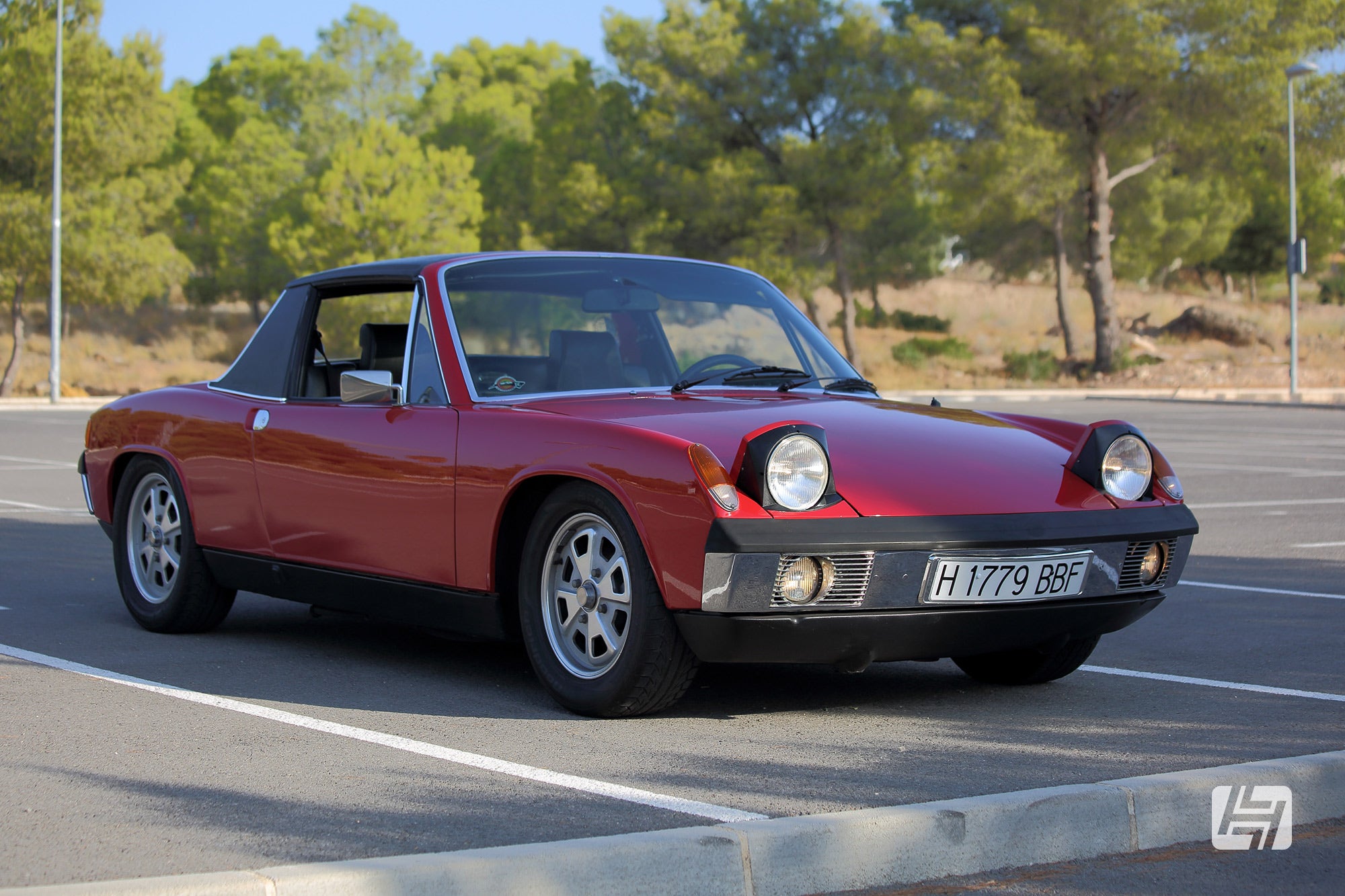
Size matters
The 914 body is actually 1.5-inches wider than the 911 and due to the mid-mounted engine, 7 inch longer in the wheelbase. However, when paired with short overhangs and a lower roof, the car is smaller than its stablemate when it comes to overall length and height off the deck.
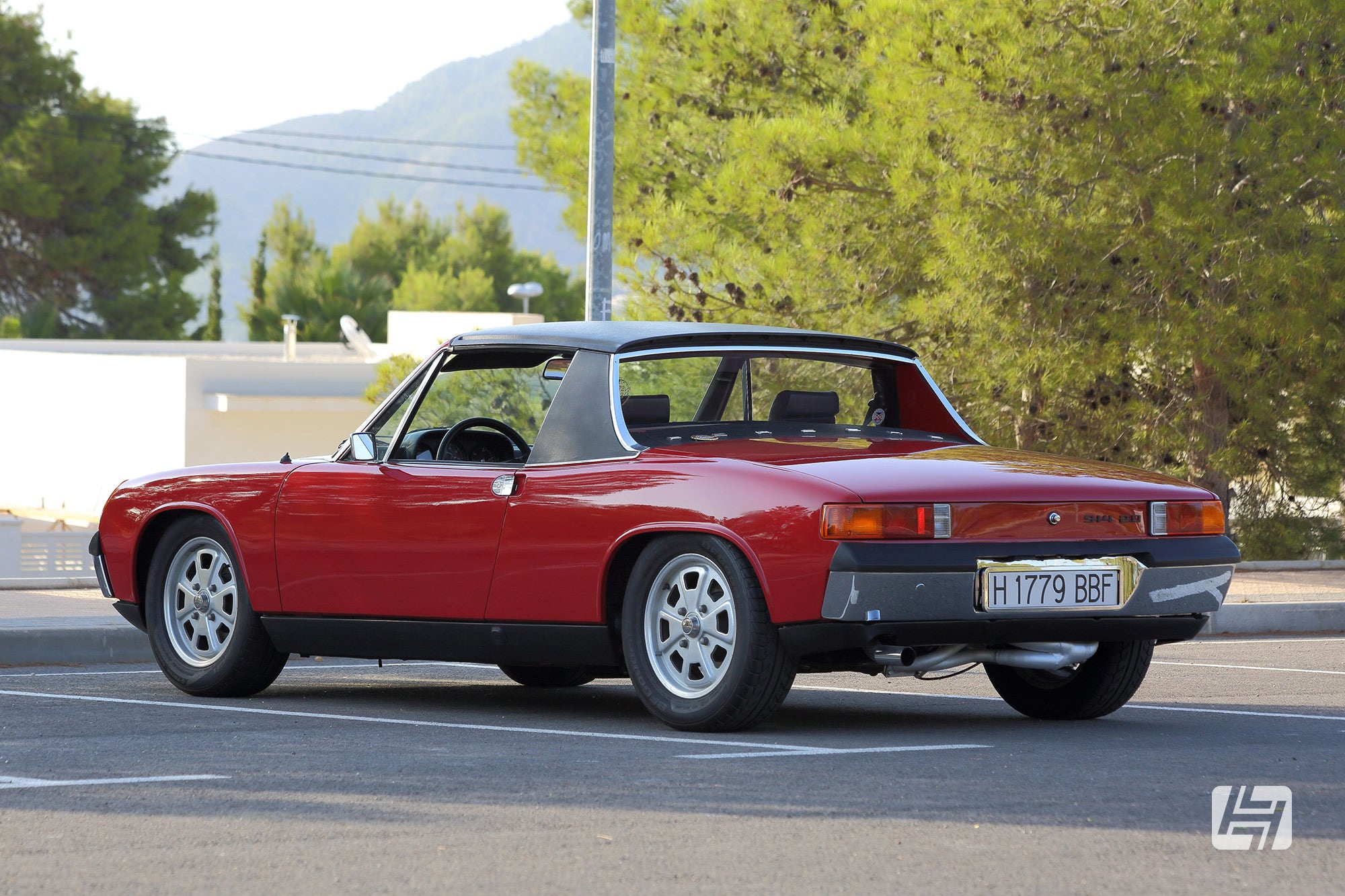
Rust Hunting
Begin by checking under both the front and rear lids. Lift out any covers and carpets and check the corners and lower sections carefully. Underneath the car, there are various hard-to-access sections, which can be water-traps, especially on cars that have lived outside or been driven in poor weather. There are some repair panels available for these cars, but our advice would be to do all you can to locate a car that doesn’t require welding to the underside. A rusty car should be approached with caution. From experience, it will often prove to be rustier – and therefore more expensive or difficult to repair than you might first have budgeted for…

The Hell Hole...
This phrase comes up a lot on Porsche 914 build threads. It refers to the battery tray and area below, which is notorious for rusting out. Sadly due to the confined space, it is tricky to get in there and repair it, hence the name! Not only is the rust a structural issue, but any previously leaked battery acid may have also enjoyed eating through the fuel lines and wiring which runs underneath, creating a potential fire hazard too.
Bendy Cars...
Pay particular attention to panel gaps and lookout for signs of accident repair. This next bit might sound strange at first, but be sure to remove the Targa top and check the door gaps once again... A rusty car with major structural issues can literally ‘bend’ when the roof is removed, making it tough to open and close the doors! Check the bottoms of the doors and also the condition of the rubber including the Targa top seals, you don't want to pick up the tab for these if you can help it. While you’re inside, test the electrics and the window winders etc. Most parts are readily available, but any problems you find will be useful as bargaining points should you decide to make an offer on the vehicle.

Conclusion
If you’ve always hankered after a Porsche, but perhaps don’t have the budget for a 911 (or prefer to not follow the crowd), the 914 could be exactly what you’re looking for. They are generally reliable, fun to drive, cheap to run and parts are affordable, quite a rarity for anything with a Porsche crest these days! Prices are climbing all the time, but there are still many 914s left (Porsche actually built more 914s than 911s of that era), so there should be a good selection to choose from.

Further reading
To learn more, or to start shopping we'd suggest checking out the following websites. The Porsche 914 Club Porsche Club GB 914 World Forum The Independent Porsche Enthusiasts Club Our thanks to SCS Classic in Alicante for the use of the red car photos and Mike Key for the use of the engine bay shot.




 Beetle
Beetle
 T2 Bay
T2 Bay
 T2 Split
T2 Split
 T25
T25
 Transporter T4
Transporter T4
 Transporter T5
Transporter T5
 Golf Mk1
Golf Mk1
 Golf Mk2
Golf Mk2


 911
911
 996
996
 997
997
 986 Boxster
986 Boxster
 987 Boxster
987 Boxster
 912
912
 944
944
 924
924


 Defender
Defender
 Discovery Series 1
Discovery Series 1
 Discovery 2
Discovery 2
 Series 1, 2 & 3
Series 1, 2 & 3
 Freelander
Freelander
 Freelander 2
Freelander 2




